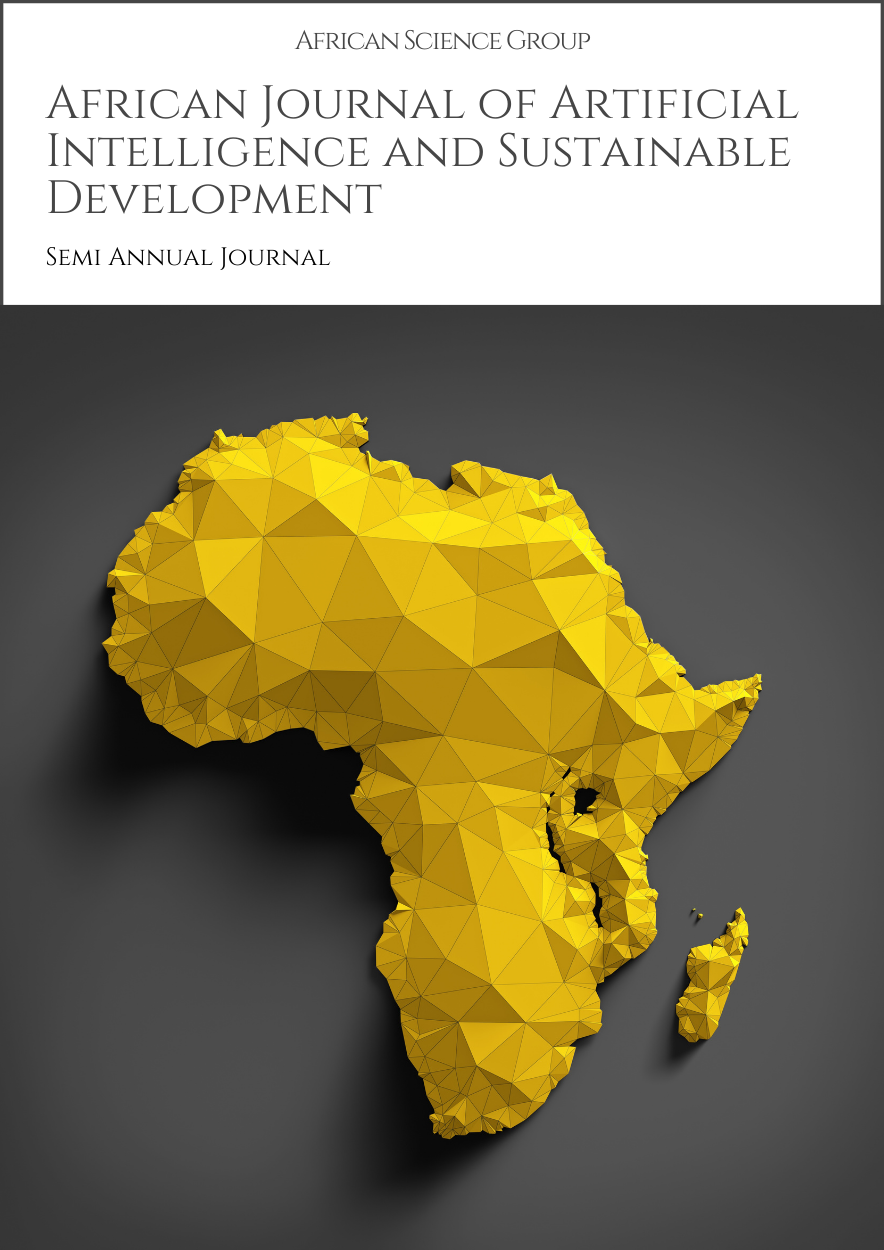Attention Mechanisms in Computer Vision: Studying attention mechanisms in computer vision for focusing on relevant regions or features in images or video frames
Published 04-04-2022
Keywords
- Attention Mechanisms,
- Computer Vision

This work is licensed under a Creative Commons Attribution-NonCommercial-ShareAlike 4.0 International License.
Abstract
Attention mechanisms have emerged as a powerful tool in computer vision, enabling models to focus on relevant regions or features in images or video frames. This paper presents a comprehensive review of attention mechanisms in computer vision, covering their evolution, underlying principles, and applications. We discuss various types of attention mechanisms, including spatial and channel-wise attention, and their integration into convolutional neural networks (CNNs) and recurrent neural networks (RNNs). We also explore recent advances in attention mechanisms, such as self-attention and transformer-based models, and their impact on performance. Additionally, we examine challenges and future directions in the field of attention mechanisms in computer vision.
Downloads
References
- K. Joel Prabhod, “ASSESSING THE ROLE OF MACHINE LEARNING AND COMPUTER VISION IN IMAGE PROCESSING,” International Journal of Innovative Research in Technology, vol. 8, no. 3, pp. 195–199, Aug. 2021, [Online]. Available: https://ijirt.org/Article?manuscript=152346
- Sadhu, Amith Kumar Reddy, and Ashok Kumar Reddy Sadhu. "Fortifying the Frontier: A Critical Examination of Best Practices, Emerging Trends, and Access Management Paradigms in Securing the Expanding Internet of Things (IoT) Network." Journal of Science & Technology 1.1 (2020): 171-195.
- Tatineni, Sumanth, and Anjali Rodwal. “Leveraging AI for Seamless Integration of DevOps and MLOps: Techniques for Automated Testing, Continuous Delivery, and Model Governance”. Journal of Machine Learning in Pharmaceutical Research, vol. 2, no. 2, Sept. 2022, pp. 9-41, https://pharmapub.org/index.php/jmlpr/article/view/17.
- Pulimamidi, Rahul. "Leveraging IoT Devices for Improved Healthcare Accessibility in Remote Areas: An Exploration of Emerging Trends." Internet of Things and Edge Computing Journal 2.1 (2022): 20-30.
- Gudala, Leeladhar, et al. "Leveraging Biometric Authentication and Blockchain Technology for Enhanced Security in Identity and Access Management Systems." Journal of Artificial Intelligence Research 2.2 (2022): 21-50.
- Sadhu, Ashok Kumar Reddy, and Amith Kumar Reddy. "Exploiting the Power of Machine Learning for Proactive Anomaly Detection and Threat Mitigation in the Burgeoning Landscape of Internet of Things (IoT) Networks." Distributed Learning and Broad Applications in Scientific Research 4 (2018): 30-58.
- Tatineni, Sumanth, and Venkat Raviteja Boppana. "AI-Powered DevOps and MLOps Frameworks: Enhancing Collaboration, Automation, and Scalability in Machine Learning Pipelines." Journal of Artificial Intelligence Research and Applications 1.2 (2021): 58-88.

